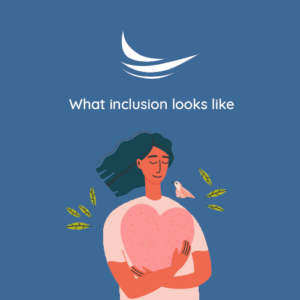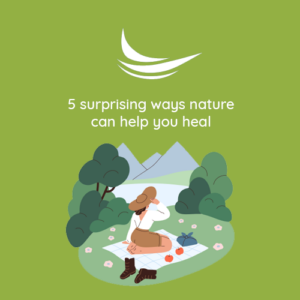Increasing Your Vitality Through Nature and Psychology

Did you know that you have vitality, even when it appears that things are dull? Look outside. Many of the trees have lost their leaves and while they may appear lacking vitality, they are very much alive. The general meaning of vitality is “life force” or “energy”. “There is a vitality. A life force, an energy, a quickening, that is translated through you into action, and because there is only one of you in all time, this expression is unique.” -Martha Graham
A common concern for many individuals at this time of year is having difficulties with finding energy and motivation to act. It may look like feeling less productive, which can contribute to increased anxiety and depression. How do you increase vitality? How can one increase resilience to thrive in challenging circumstances? It can be helpful to think of the seasons and the purpose and benefits that exist within the beauty of seasons. In Minnesota, we can distinctly see seasonal shifts. These show up in our personal lives, professional lives, and can be observed within nature. While the winter may be a favorite season, this time of year can also be tough for many.
Let’s consider how trees survive the winter.
Trees have protective bark; this helps trees be able to tolerate cold temperatures. Loss of leaves helps trees reduce water loss. The preparation process is essential. Trees begin preparing for the transition to winter as daylight hours are shortened. There are cellular changes that are taking place to help protect from damage to the elements as they remain resilient within a dormant phase. Trees do not thrive in isolation and trees that grow close together are better at withstanding storms. Trees work hard to provide amazing benefits to enhance our well-being.
How can you increase vitality? These strategies combine both nature and psychology.
- Prioritize the essentials that are needed to stay healthy and strong. This includes creating and maintaining routines that allow you to get essential nutrients, rest, movement, hydration, and connection. Winter is a great time to prioritize mental health, as this helps increase your ability to be successful in other areas of life.
- Consider what helps you be able to tolerate challenging seasons of life. What is your “bark?” Examples include protective factors such as personal strengths, resources, and skills that help increase overall resiliency. Take time to reflect and celebrate the good that is present.
- Let go of things that are draining your energy. This can include unhealthy habits, cluttered environments, excess noise and distracting stimuli (including your own thoughts), and toxic relationships. Replace these with things that are nourishing and restorative.
- Seek the shelter of community. Allow others to come alongside to support, share experiences, and create a sense of belonging. Working with a therapist can help provide emotional support, teach skills, provide resources, and help with personal accountability.
- Share and celebrate resources with others. Being the recipient of kindness can mean a lot during the winter months. Encouraging words and meaningful gestures can help improve mental health, strengthen relationships, and create stronger communities.
Written by: Charlotte Johnson, MA, LPCC



























